What Does It Mean to Trademark a Color?
The signature shade of Marrakesh’s Jardin Majorelle is legally protected—but the deep blue hue is also common in Moroccan culture.
It is easy to see why Jardin Majorelle in Marrakesh is one of Morocco’s iconic tourist attractions. The lush garden, cactus-dotted landscape, bamboo arches, lily ponds, and, most of all, its signature blue buildings make it feel like an oasis in the heart of Marrakesh, a desert city of reds and browns.
Most people might describe the paint as a striking cobalt or aquamarine but legally, it is known as Majorelle blue and trademarked under this brand name with the Moroccan Office of Industrial and Commercial Property. This raises an interesting question about how and why an entity has the rights over a color that has long been a part of Morocco’s heritage.
The story of Jardin Majorelle starts with the celebrated French painter Jacques Majorelle who lived a large part of his life in Morocco back when it was a French protectorate. He bought a plot of land in Marrakesh, and in the 1930s he started building the landscaped garden and house using Moorish and Cubist architecture. Majorelle was inspired by the vibrant shades of aquamarine blue prevalent in Morocco, be it intricate floor tiles, window edges of a kasbah, or turbans won by Amazigh men.
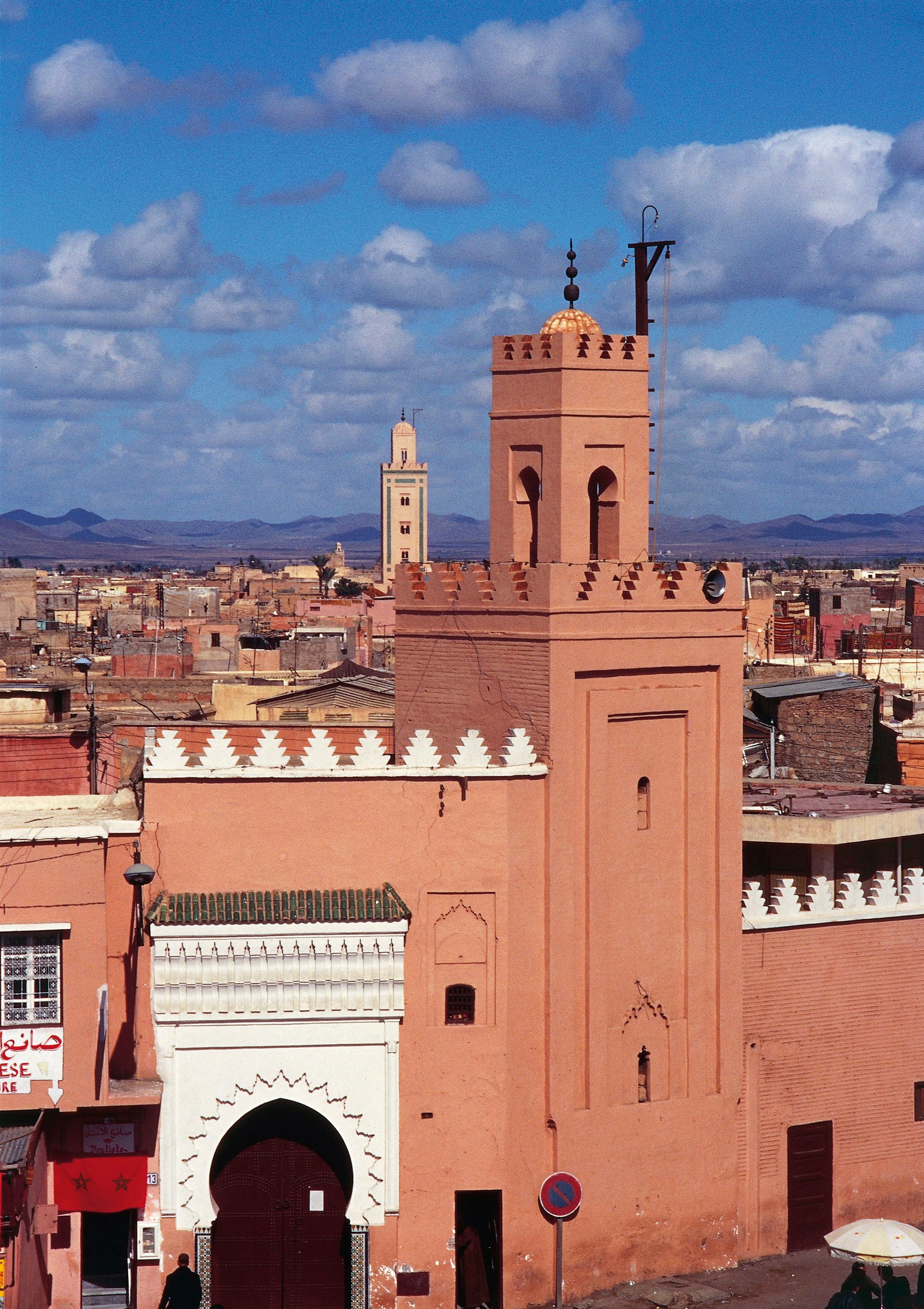
Toward the end of his life, Majorelle sold the estate when he fell into financial distress. Fashion designer Yves Saint-Laurent and his partner Pierre Bergé later bought and restored it. Today, Foundation Jardin Majorelle manages the space and opens it to the public. (Foundation Jardin Majorelle did not respond to requests for comment on this article.)
Majorelle’s link to the house is obvious. After all, he envisioned and designed it. But his name is also synonymous with the shade of blue because he very savvily trademarked it before his death in 1962. Specifically, Majorelle blue is 37.65% red, 31.37% green and 86.27% blue. Majorelle is neither the first nor the last person to trademark a color, and intellectual property laws facilitate this. Corporations for example, are known to trademark colors to increase their brand recognition. Tiffany blue or Target red are instantly recognizable because the companies standardized the shade globally and made it a legal asset. It is important to note that this does not mean they created or own the color. Others are free to use it, as long as it is for different goods or services.
Similarly, since Majorelle blue is trademarked in Morocco, the commercial impact there is clear cut. Jardin Majorelle is the only place that sells this shade of blue acrylic paint, labeled Majorelle Blue. Trademark rights are protected country by country, so a paint company in another country could sell a vibrant aquamarine paint labeled “Majorelle blue” to cash in on public interest. However, entities prefer to play it safe and offer near matches instead. For example, United Kingdom-based Bristol Paints directs customers to its Ultramarine Blue, which it calls a “very acceptable alternative to Majorelle Blue.”

The response from locals, particularly artists, are more nuanced. Many agree that Majorelle’s reputation as a talented artist and association with Morocco has increased global interest in Moroccan culture. The issue comes from the trademark, because it ensures Majorelle’s name and legacy is forever linked to the color blue, above other local artists, designers, or Indigenous communities.
This is contentious because the color blue—particularly indigo and ultramarine—features heavily in Moroccan culture. “Indigo is the dominant color in many cities such as Chefchaouen, Asilah, and Tetouan,” says Younes Laassouli, a Moroccan painter and digital artist. “Almost all ancient ports in Morocco have blue doors, windows, and even boats. It can also be found in tiles, rugs, and kaftans.”
This partly explains why many Moroccan artists use blue shades in their artworks. “Personally, I believe that it is impossible for me to achieve the correct values and shades in my portraits unless I use blue, like cobalt and Prussian,” Laassouli says.
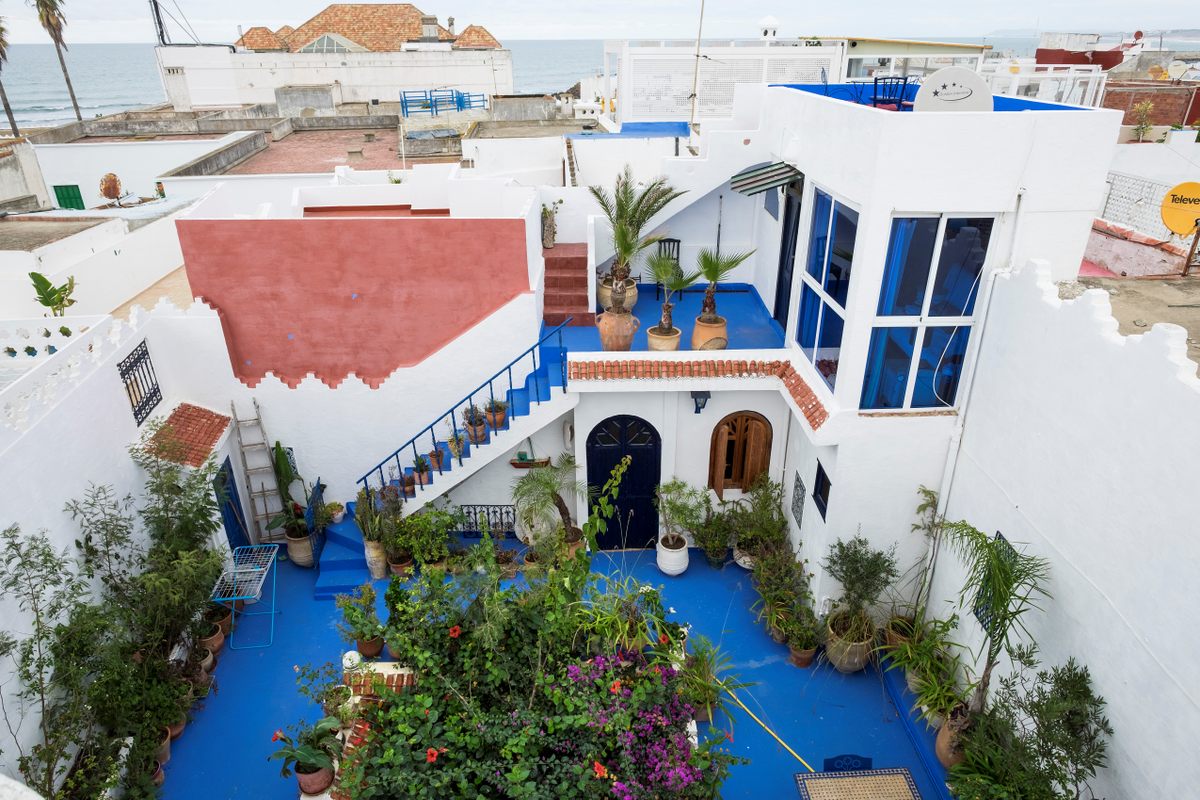
The trademark on Majorelle blue might have limited people’s access to this particular shade of blue paint, but they have other means for creating color. For example, the plant Indigofera tinctoria is widely available in Morocco and is used to create affordable indigo dye or powder. There is no need to rely on the supply in Jardin Majorelle. As artist Najoua El Hitmi explains, “I paint and do industrial art and sculptures. If I want a particular shade of blue, I experiment and add different pigments.”
Yet, the question is more than who can access or mix blue paints. It’s about who gets to lay claim on colors. Samir Ghoudrani’s family home is walking distance from Jardin Majorelle, but he only recently found out about the trademark and Majorelle’s deep association with the ultramarine color. “I understand if as an artist, you want to own the painting that you drew. But this is like wanting to own the colors. Imagine a singer who wants to own not just a song, but the sound.”
Moroccan visual artist Zakaria Ramhani has similar views. “Majorelle blue is an appropriation of ultramarine. I also find it quite weird that someone thinks they have a right over a color. Colors are in nature, for the eyes that can see it,” he says. He concedes that the Majorelle estate is a valuable tourist attraction for Morocco but notes, “Majorelle was protected by colonization and I don’t believe he gave any attention to my culture. He painted as an Orientalist and focused on his own ‘blue.’”
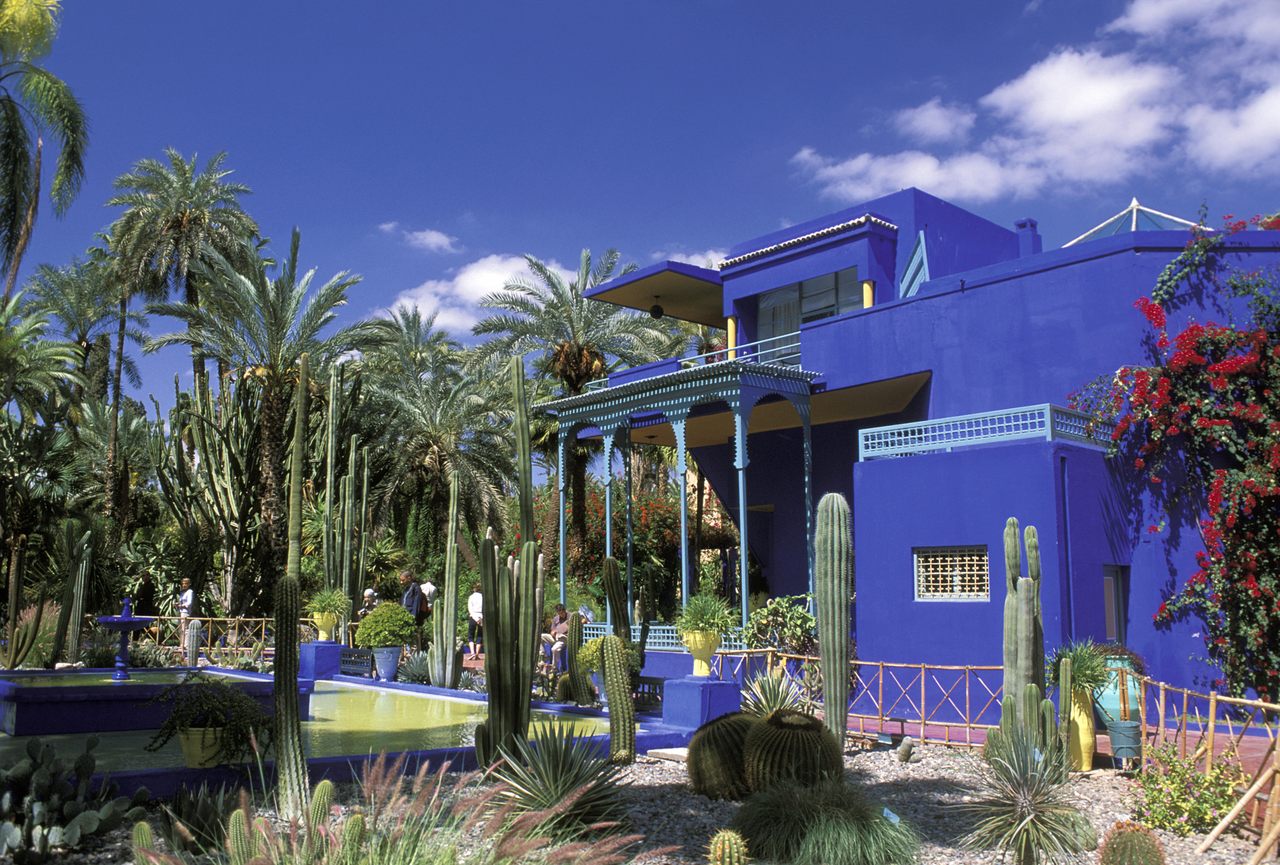

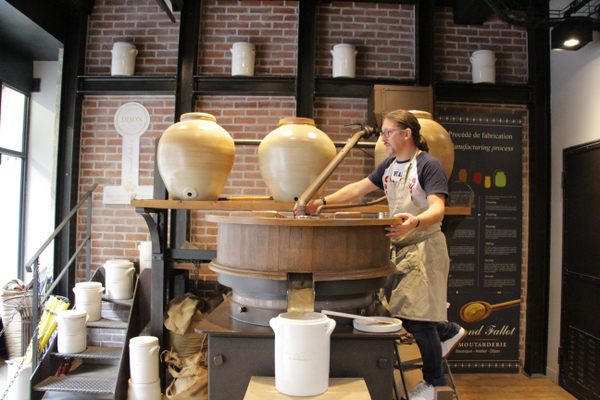
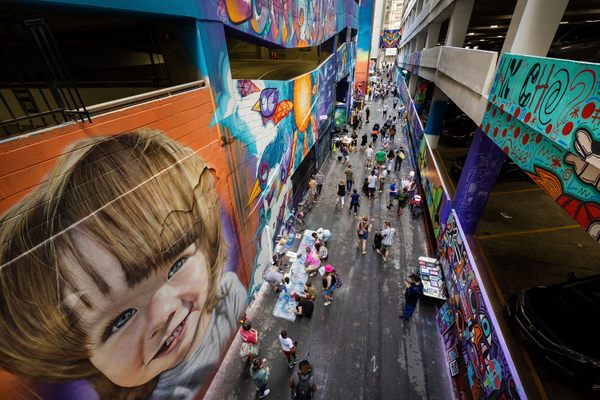
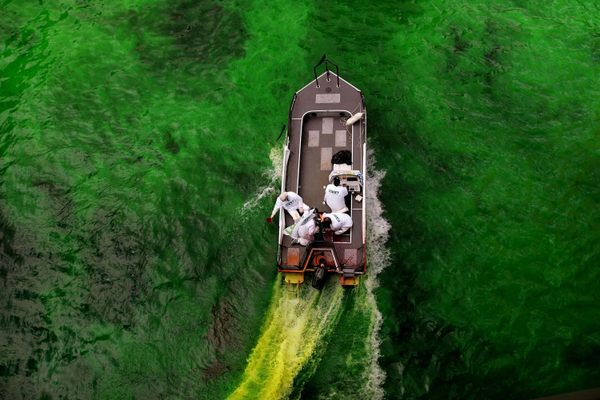

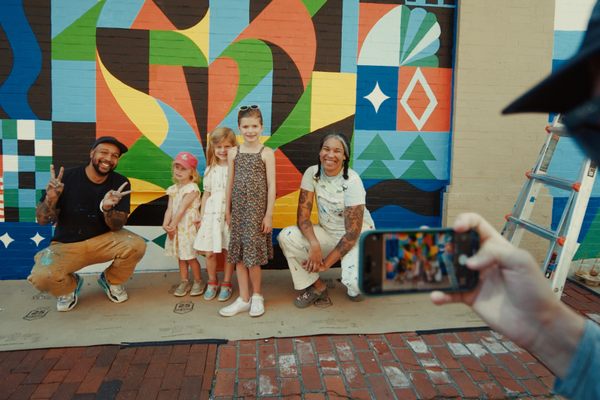






















Follow us on Twitter to get the latest on the world's hidden wonders.
Like us on Facebook to get the latest on the world's hidden wonders.
Follow us on Twitter Like us on Facebook